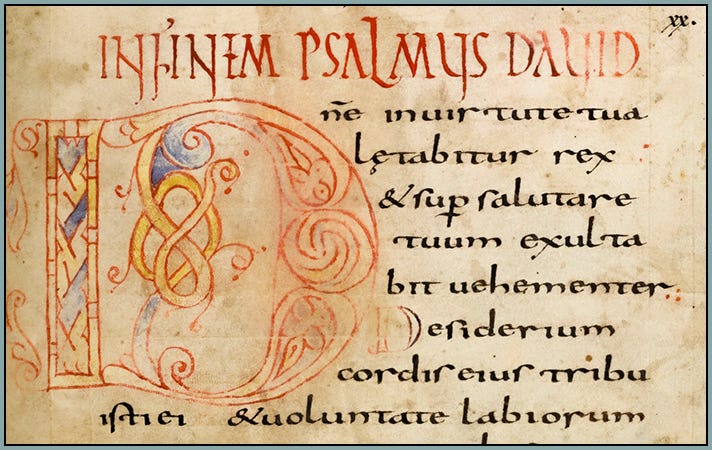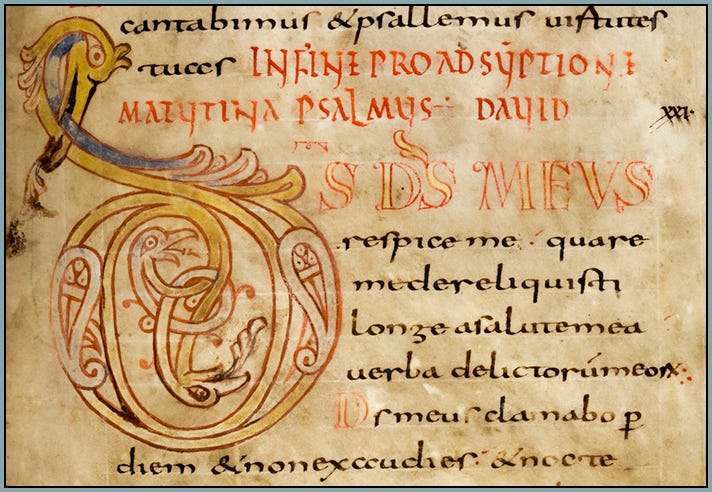The Poetry and Theology of Angelic Bodies
Dante, Aquinas, and Bonaventure on the relation between angels and corporeality

Amidst all the poetic and theological brilliance of the Divine Comedy lies a paradox that is so omnipresent as to almost fade from the reader’s conscious mind: Dante is traveling through spiritual realms while describing them in boldly material terms. The circles of Hell, the tormented bodies of the damned, the three-mouthed monster that we call Satan; the mountain of Purgatory with its seven terraces leading to an earthly paradise filled with trees, natural fragrance, a gentle breeze, and birds; the astronomical spheres of Paradise inhabited by saints who appear visibly and speak audibly and move like dancers—Dante’s vast spiritual universe is wondrously, at times almost overwhelmingly, material.
Again, there seems to be a tendency to overlook this, at least among those who are sympathetic to Dante’s project: we might assume that his vivid, arresting, all-encompassing materiality is simply the only way to make such a poem readable and enjoyable. Those who are not sympathetic to his project may cite all this materiality as proof that the Commedia is a hopelessly “medieval” text—yet another victim of the “ignorance” and “superstition” that rendered pre-modern Christians unable to imagine Hell without actual flames or Heaven without winged angels. It will come as no surprise that I don’t agree with the second perspective. However, the first also strikes me as not quite right. It’s true that the Commedia would be a rather dull and obscure poem if Dante had narrated his journey as nothing more than a series of ethereal movements through metaphysical discourses, theological constructs, and states of inner consciousness. But a less drastic adjustment is conceivable. It would have been feasible for him to tip the balance in the other direction, making his narrative more ethereal and less earthy than it is: instead of giving every indication that he was traveling through physical places filled with solid objects and corporeal beings, he could have emphasized the spiritual nature of everything he encountered while confining material imagery to measured doses of metaphor and allegory.
Furthermore, whenever we speak of the Commedia, we should hesitate to say anything that suggests a major structural defect or a serious error in artistic judgment. Dante of course was about as far from ignorance and superstition as a mortal man could be, but we must go further than that: his mind was among the most powerful and agile in the history of Christian civilization, and that mind poured its energies into the Commedia for over ten years. It did not escape Dante’s notice that his poetic alter ego could perceive, with physical senses, the souls of dead men whose bodies still lay cold and silent in the grave. And he did not frame his many conversations—conversations, that is, between an embodied man and a disembodied soul—as literary devices having no basis in philosophical reality. And he also did not ignore the apparent contradiction of bodiless souls who climb Mount Purgatory while suffering from such sensations as hunger and thirst.
On the contrary, this paradoxical relationship between material and immaterial beings leads to one of the most fascinating explanations in the entire Commedia.
Keep reading with a 7-day free trial
Subscribe to Via Mediaevalis to keep reading this post and get 7 days of free access to the full post archives.





